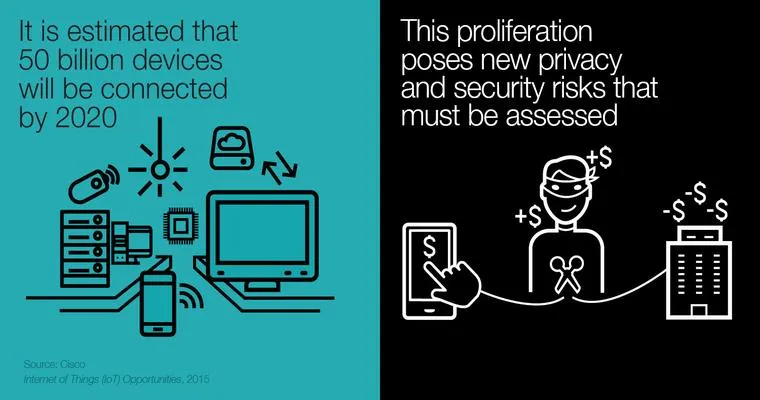In today's digital age, the "internet" is an indispensable tool that enables us to accomplish a wide range of tasks. From shopping and banking to education and communication, the opportunities are endless. However, with great convenience comes significant challenges. Many users encounter various "problems" when using the "internet" to perform everyday activities. These issues can range from technical difficulties to security concerns, impacting the overall user experience.
One of the most prevalent problems is "connectivity issues". Slow or unreliable internet connections can lead to frustration, especially when trying to access important websites or streaming services. Users may find themselves grappling with buffering videos or interrupted downloads, which can disrupt their workflow or leisure time. In many cases, these connectivity problems can be attributed to inadequate service providers, outdated equipment, or network congestion during peak hours.
Another significant concern is "cybersecurity threats". With the rise of online transactions and personal data sharing, the risk of falling victim to "hacking", "phishing", or identity theft has increased dramatically. Many users are unaware of the potential dangers lurking on the internet, which can lead to significant consequences, including financial loss or data breaches. Implementing strong passwords, enabling two-factor authentication, and being cautious about sharing personal information are essential steps to mitigate these risks.
Moreover, the "overabundance of information" available on the internet can be overwhelming. Users often struggle to discern credible sources from unreliable ones, leading to the spread of misinformation. This challenge is particularly evident in areas such as health, finance, and politics, where incorrect information can have serious implications. Learning how to evaluate sources and verify facts is crucial for users to navigate the digital landscape effectively.
Another issue is the "digital divide", which refers to the gap between those who have easy access to the internet and technology and those who do not. This disparity can hinder opportunities for education, employment, and social engagement, particularly in underserved communities. Bridging this gap is essential to ensure that everyone can benefit from the advantages the internet offers.
Lastly, "online distractions" pose a significant challenge for many users. The internet is replete with social media, entertainment platforms, and various other distractions that can detract from productivity. Individuals often find it difficult to focus on tasks when notifications and enticing content constantly vie for their attention. Developing effective time management strategies and utilizing tools designed to limit distractions can help mitigate this problem.
In conclusion, while the internet provides invaluable tools for accomplishing a multitude of tasks, users must navigate various "problems" that can arise. From connectivity issues and cybersecurity threats to the overwhelming amount of information and online distractions, awareness and proactive measures are key to enhancing the online experience. By understanding these challenges and taking steps to address them, users can make the most of the incredible resources that the internet has to offer.





